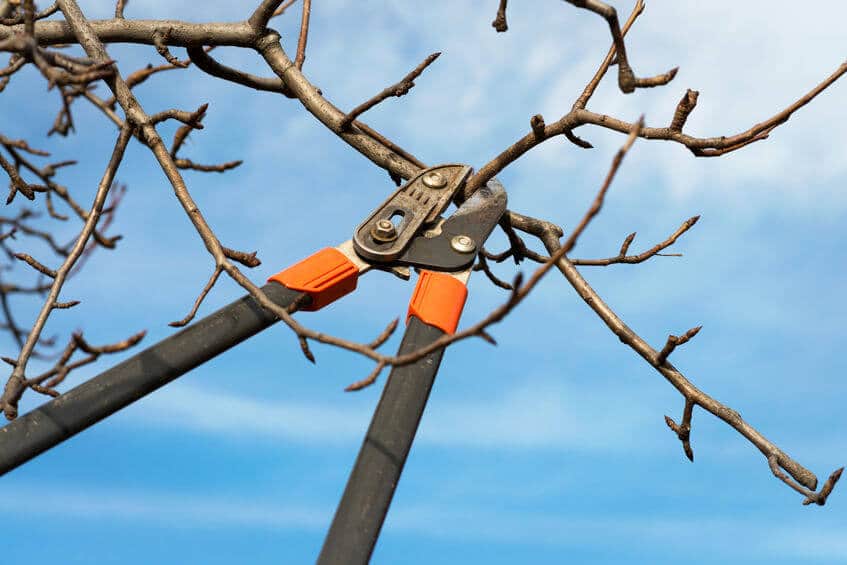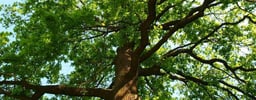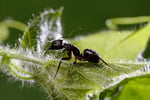Orb-weaving spiders are not poisonous and hardly ever bite humans. They’re usually found outside on pieces of wood or in gardens and they create large, round spider webs to catch prey. A common type of orb-weaving spider is called the cat-faced spider. It’s light brown and translucent, with a black streak on its underside. It has a large abdomen and small head. It’s called a cat-faced spider because its abdomen resembles a cat’s face.

Bermuda Grass
Residential Lawn, Tree, & Pest Control
Some descriptive text here?
Pest Control Program
starting at $93/treatmentFull Service Year Round
*Prices vary by location and property sizes
Lawn Care Program
starting at $52/treatmentComprehensive Treatment
*Prices vary by location and property sizes
Pest Control Program
Starting at $93/treatmentYear Round Protection
Per Treatment for Spraying**
Prices vary by location and property sizes
DENVER LAWN CARE
Senske offers Revive®, a uniquely organic lawn fertilization treatment in Denver, CO. This specialty fertilizer and soil treatment is specially formulated for East Denver lawns.
DENVER PEST CONTROL
Our certified pest control technicians expertly identify pest problems unique to Denver and safely rid your home and property of them. We'll even keep them from returning.
DENVER TREE SERVICE
Our ISA certified arborists know the specific needs of trees and shrubs in Denver, CO. Let Senske protect your property investment and care for your trees.

DENVER LAWN CARE
Senske offers Revive®, a uniquely organic lawn fertilization treatment in Denver, CO. This specialty fertilizer and soil treatment is specially formulated for East Denver lawns.
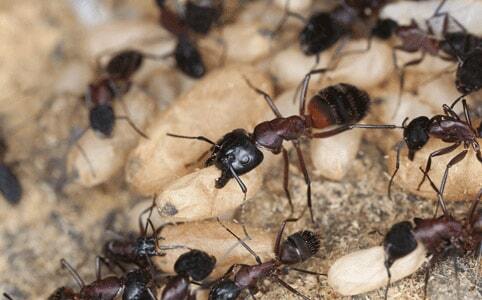
DENVER PEST CONTROL
Our certified pest control technicians expertly identify pest problems unique to Denver and safely rid your home and property of them. We'll even keep them from returning.
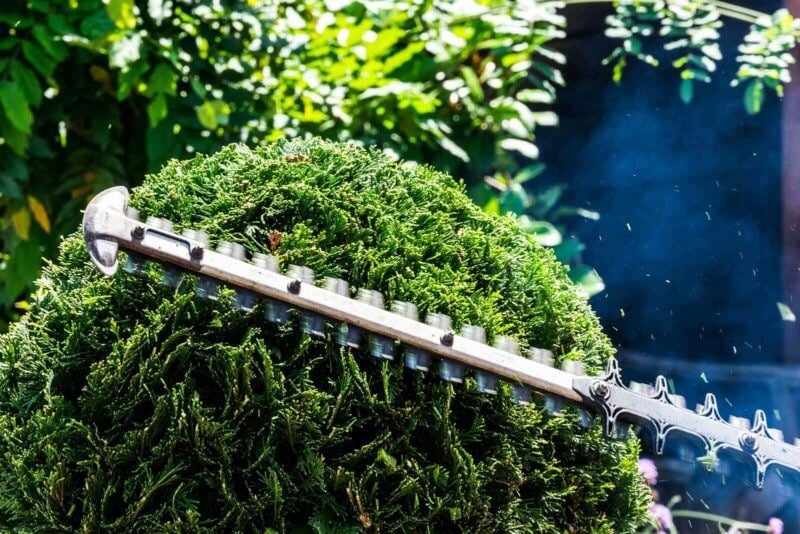
DENVER TREE SERVICE
Our ISA certified arborists know the specific needs of trees and shrubs in Denver, CO. Let Senske protect your property investment and care for your trees.
Spider Control
Spiders are one of the most feared and misunderstood pest that humans come into contact with. Associated with Halloween and other creepy images, spiders, upon sight, tend to give many the chills and are definitely an unwelcome visitor in most homes. With over 3,000 types of spiders in the world, there are only a few that are dangerous to humans. No one is happy to find spiders in their house or at their office. Although most spiders are harmless, there are a few spiders in our area that are dangerous, including black widows, recluses, wolf spiders, and hobo spiders.
 Spiders are most active in homes during the late summer and fall months, as spiders begin to make their way into homes to prepare for the cold, winter months. When seen in homes however, spiders will rarely bite people, and in most cases when a spider does bite it is more of a reactionary measure when they are startled rather than with the intent to attack. Spiders will build their nests in areas where prey is easiest found. Nests are usually built in dark and protected areas such as under rocks, in wood piles, or even under furniture.
Spiders are most active in homes during the late summer and fall months, as spiders begin to make their way into homes to prepare for the cold, winter months. When seen in homes however, spiders will rarely bite people, and in most cases when a spider does bite it is more of a reactionary measure when they are startled rather than with the intent to attack. Spiders will build their nests in areas where prey is easiest found. Nests are usually built in dark and protected areas such as under rocks, in wood piles, or even under furniture.
- Common Spiders in Our Service Area
- Spiders: The Wrong Kind of Guest
- How To Get Rid of Spiders: Our Process
- Spider Control Rates
- How to Identify Black Widow Spider
- How to Identify Wolf Spider
- How to Identify Hobo Spider
- Orb-Weaving Spider Control
Spider control is important for homeowners, as this preventative measure helps to keep any potential harm as well as anxiety away from your family. Because there are so many types of spiders, having a treatment that is going to be designed for the particular spider is important. The incorrect use of over-the-counter materials can actually be hazardous to families with small animals and children. Hiring a trained pest control technician who has both the tools and training necessary to efficiently handle a spider problem is always recommended.
Don’t allow spiders to run free in your home. Contact us at (877) 944-4007or request an estimate online and live spider free today.

Have you ever walked up to a house or business and cringed at the sight of spider webs? The chance of a spider emerging from the shadows can be quite unsettling. If it’s your business, the last thing you want is your customers to feel uncomfortable because of a pest problem.
If you have a spider issue around your home or business, let us get rid of these unwelcome visitors! Our spider control service can help with prevention and removal. In turn, your home or business will be safe and more welcoming for your actual house guests or customers. You may also breathe easy knowing you are safe from poisonous bites from these dangerous pests.
Here at Senske Services, we take the safety of your home and business seriously. Our spider exterminators are experienced professionals that put in the time to analyze your specific needs, set up a plan, and implement it. Call Senske at (877) 944-4007 or request a free estimate.
Upon arriving at your home, our pest control experts will evaluate the whole property and offer a custom plan based on your specific needs. Our exterminators will treat the outside with state and federally approved solutions that are safe for children and pets. We will also treat the inside upon request. We recommend setting up a full-service spider control schedule to ensure that your property stays safe from potential spider bites.
Our spider control services are 100% guaranteed to get rid of spiders. It’s our Senske promise to make sure you are completely satisfied. If you do not see results, we come back at no cost!
Properties can vary greatly in size, and spider control issues can also vary based on the size and location of the problem. Both of these factors and the frequency of our services will determine your actual spider extermination cost. We will provide you with a custom quote based on your specific spider problem.
Call Senske at (877) 944-4007 or request a free estimate.
 The infamous female displays a red hourglass mark on her abdomen and can grow as much as 1.5 inches long. Males are smaller, not as dark, and sometimes have yellow markings. One venomous bite from these spiders can leave someone feeling nauseous with muscle aches, paralysis, and there is a chance of the bite being fatal. Their tangled webs are strong and hold their eggs that are white/brownish in color. Black widows can be found mostly in early summer or late fall and can lay up to 9 egg sacs a year – each containing about 750 eggs! If you come across a black widow in your front or backyard, it’s important to call a professional spider removal company. Don’t try to remove the black widow by yourself.
The infamous female displays a red hourglass mark on her abdomen and can grow as much as 1.5 inches long. Males are smaller, not as dark, and sometimes have yellow markings. One venomous bite from these spiders can leave someone feeling nauseous with muscle aches, paralysis, and there is a chance of the bite being fatal. Their tangled webs are strong and hold their eggs that are white/brownish in color. Black widows can be found mostly in early summer or late fall and can lay up to 9 egg sacs a year – each containing about 750 eggs! If you come across a black widow in your front or backyard, it’s important to call a professional spider removal company. Don’t try to remove the black widow by yourself.
Black Widow Control
Black widows typically won’t be found inside of your house, but you might find them in your shed or garage. If you see a black widow, it’s extremely important to contact an exterminator for spider control. Female black widows are especially dangerous; their bite usually contains more venom than their male counterparts. It’s best to not get close if you suspect these dangerous arachnids on your property since they bite when they feel threatened. Our spider control technicians can confirm the type of spider and give a free estimate for black widow extermination. We will take care of the dirty work, keeping you and your loved ones or customers safe in the process.
 Wolf spiders are not your typical arachnid. They don’t have webs. They like open spaces to hunt. They are known for being fast and aggressive, which means they are more likely to bite! Looking at them can make anyone wince, with their hairy brown bodies that can grow up to two inches in length. Be careful around leaves and wood piles, where they are known to hang around. Their bite is venomous and painful, but not normally fatal.
Wolf spiders are not your typical arachnid. They don’t have webs. They like open spaces to hunt. They are known for being fast and aggressive, which means they are more likely to bite! Looking at them can make anyone wince, with their hairy brown bodies that can grow up to two inches in length. Be careful around leaves and wood piles, where they are known to hang around. Their bite is venomous and painful, but not normally fatal.
Wolf Spider Control
Wolf spiders are brown and fuzzy. They have eight eyes, which allow them to have extremely good sight. Wolf spiders are known for being especially creepy looking because of how they carry their babies- on their back. However, wolf spiders aren’t harmful. A wolf spider bite feels like a poke and might cause redness and swelling for a short time. If you are looking for brown recluse spider control, you might actually be looking for wolf spider control. It is common to mistake them as a brown recluse, which doesn’t reside in so let us help with spider identification. If you notice these creepy crawlies around your house (especially around early summer to late fall), give us a call! Our spider extermination services will solve the problem, guaranteed!
 Hobo spiders are sometimes called giant house spiders. They are attracted to housing structures, especially in the fall when they’re looking for mates. They are extremely fast and tend to stick close to the floor, as they aren’t good crawlers. It’s hard to get rid of hobo spiders on your own. Spider traps and DIY spider repellents don’t work well.
Hobo spiders are sometimes called giant house spiders. They are attracted to housing structures, especially in the fall when they’re looking for mates. They are extremely fast and tend to stick close to the floor, as they aren’t good crawlers. It’s hard to get rid of hobo spiders on your own. Spider traps and DIY spider repellents don’t work well.
The hobo spider is the spider most likely to cause you trouble. It likes to reside inside houses and hide in between boxes, sheets, and other small and dark places. Hobo spiders cannot crawl up walls well; you’ll usually find hobos running across the floor at night or in the corners of your walls. The female hobo is especially poisonous. Her bite has the potential to be deadly and can cause necrosis to the skin.
Hobo Spider Control
A hobo spider can deliver one of two kinds of bites: wet or dry. A wet bite is when the hobo releases venom into its victim and a dry bite is when the hobo doesn’t release venom into its victim. You can generally tell whether a hobo bite was venomous or non-venomous by the symptoms you produce. If the bite is mildly irritating, red and swollen, the bite is most-likely dry. If the bite is severe and turns black or blisters, venom was released into your body. This can be extremely dangerous. Call Senske for help!
Weeds, Lawn & Tree Diseases, and Pests to Look Out For
Weeds Common for Denver
Senske lawn care and tree service treatments in Denver East enables a greener lawns, healthy trees and shrubs without the hassles and time commitment needed to maintain it yourself. We’ll also help remove weeds, treat lawn and tree diseases and problem areas. Senske Services has been providing residential and commercial lawn care services to communities in the Northwest since 1947.
Our Denver East and surrounding communities lawn care services reflect our commitment to quality in all aspects of lawn maintenance. Learn more about Denver East weed and lawn diseases we solve:










Find Out About Other Weeds, Lawn & Tree Diseases, and Pests to Look Out For























How can we help you?
100% Guaranteed Results
Get a Free Estimate Today
Make your yard the greenest on the block and enjoy a home free from pests, all delivered by courteous, & professional techs.Great service!
Jason did a nice job on our Christmas lights. The crew arrived on schedule and accommodated my special requests. They even wired up a few of my yard decorations without my asking them. Thank you!
Very Professional!
“Max calls ahead, comes early in the day, and answers all my questions. He’s very professional!"Extremely Pleased!
“I have been extremely pleased with this service, my lawn has literally gone from drab to fab. Steve serviced the lawn today and as always, let's me know he is here (per my request) tells me follow up steps and then is on his way to do the service."Thankful for Senske!
“I am thankful my neighbor recommended Senske services, as a single mom, I do not have time, or energy to fix my lawn, so I hired the pros. Definitely worth it and very reasonable costs. Much appreciated."The Dirt
Find out more on our blog.


